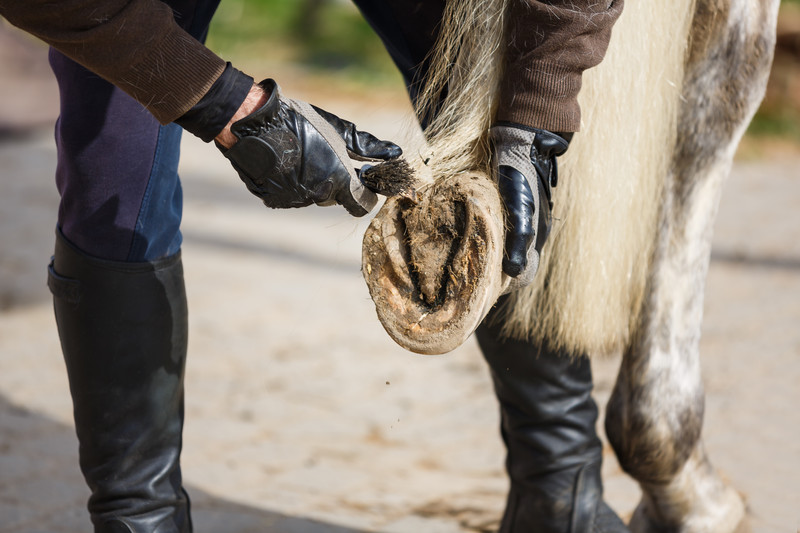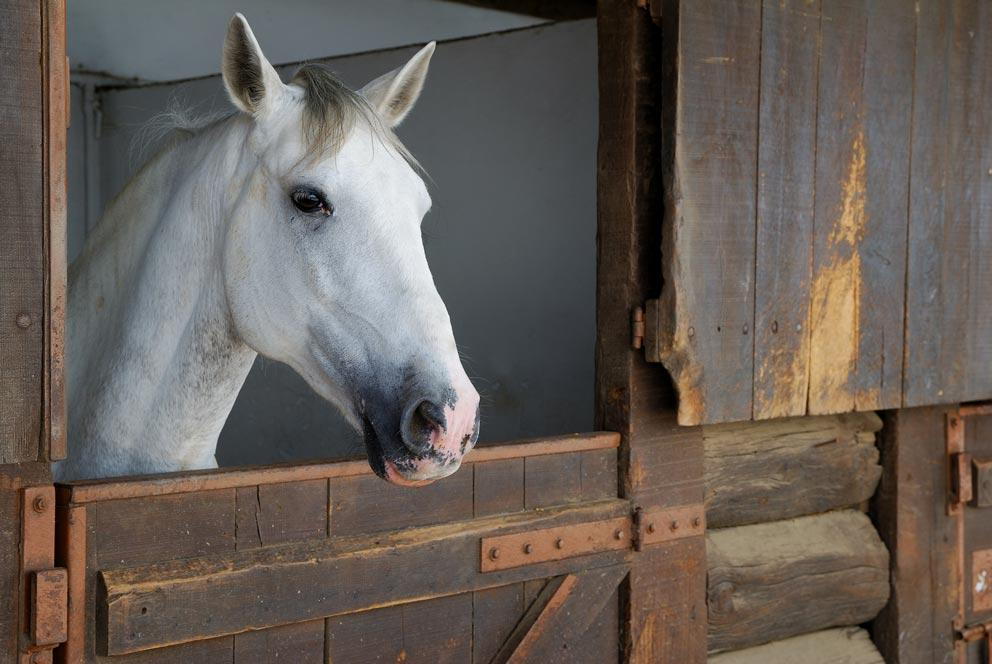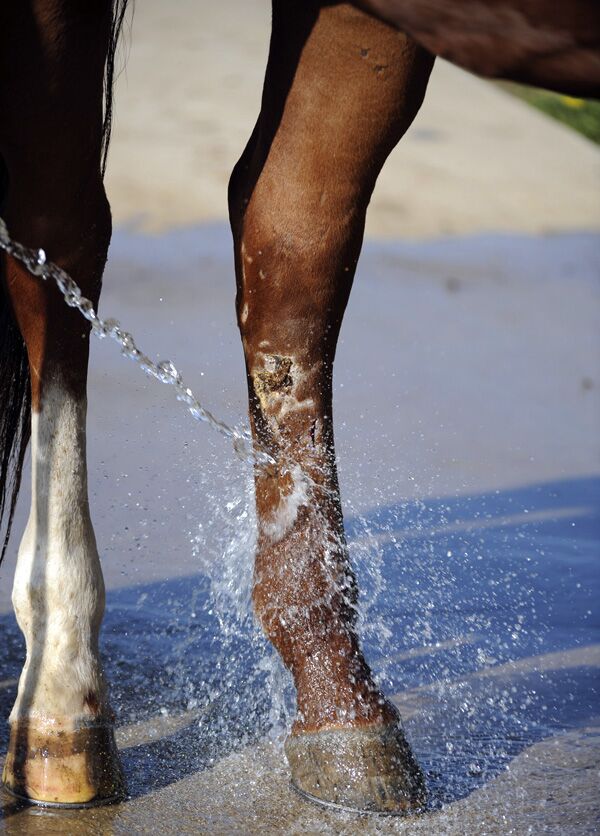How to Treat a Horse’s Lameness: A Comprehensive Guide

Lameness in horses is a common yet complex issue that can significantly affect a horse’s performance and quality of life. Understanding how to identify, diagnose, and treat lameness is crucial for horse owners, trainers, and veterinarians. This article provides a detailed, step-by-step approach to managing horse lameness effectively.
What is Lameness in Horses?

Lameness refers to an abnormal gait or stance caused by pain or dysfunction in a horse’s limbs or back. It can result from various causes, including injury, infection, or chronic conditions.
Common Causes of Lameness
| Cause | Description |
|---|---|
| Hoof Abscess | Infection within the hoof causing severe pain. |
| Tendon Injuries | Damage to tendons leading to swelling and pain. |
| Joint Problems | Arthritis or inflammation affecting mobility. |
| Bone Fractures | Breaks or cracks in bones causing instability. |
| Soft Tissue Damage | Injuries to muscles or ligaments. |
Signs and Symptoms
- Uneven gait or limping
- Swelling or heat in limbs
- Reluctance to move or bear weight
- Changes in behavior or performance
Diagnosing Lameness
Diagnosis involves a thorough physical examination, including:
- Observation of the horse’s movement
- Palpation of limbs
- Flexion tests
- Use of diagnostic tools like X-rays, ultrasound, or MRI
Treatment Options
Immediate Care
- Rest and restricted movement
- Cold therapy to reduce inflammation
- Pain relief medications as prescribed
Veterinary Interventions
- Corrective shoeing or trimming
- Anti-inflammatory drugs
- Joint injections
- Surgery in severe cases
Rehabilitation
- Controlled exercise programs
- Physical therapy techniques
- Regular monitoring and follow-up
Preventing Lameness
- Regular hoof care and trimming
- Proper nutrition and weight management
- Adequate warm-up before exercise
- Avoiding overwork and ensuring proper footing
Frequently Asked Questions (FAQ)
Q1: How quickly should I act if my horse shows signs of lameness?
A1: Immediate attention is crucial. Early diagnosis and treatment can prevent worsening of the condition.
Q2: Can lameness be completely cured?
A2: Many causes of lameness can be effectively treated, but some chronic conditions may require ongoing management.
Q3: When should I call a veterinarian?
A3: If lameness persists beyond 24 hours, worsens, or is accompanied by swelling and heat, consult a vet promptly.
Q4: Are there home remedies for minor lameness?
A4: Rest and cold therapy can help minor cases, but professional evaluation is recommended to avoid complications.
By following these guidelines, horse owners can better manage lameness, ensuring their horses remain healthy and active. Early intervention and proper care are key to successful treatment outcomes.
